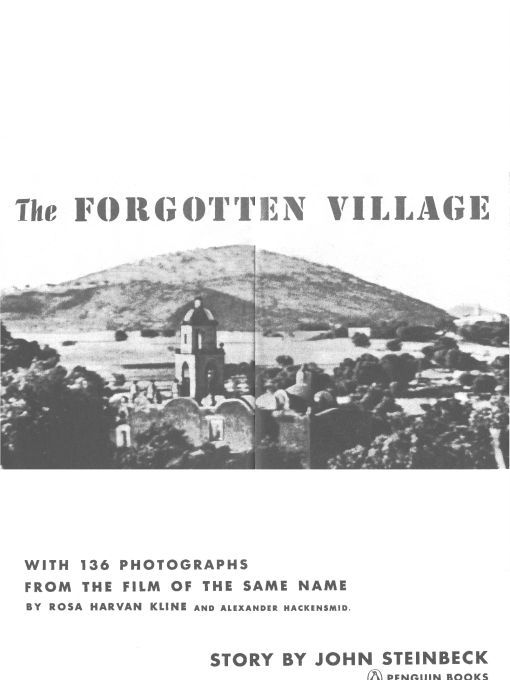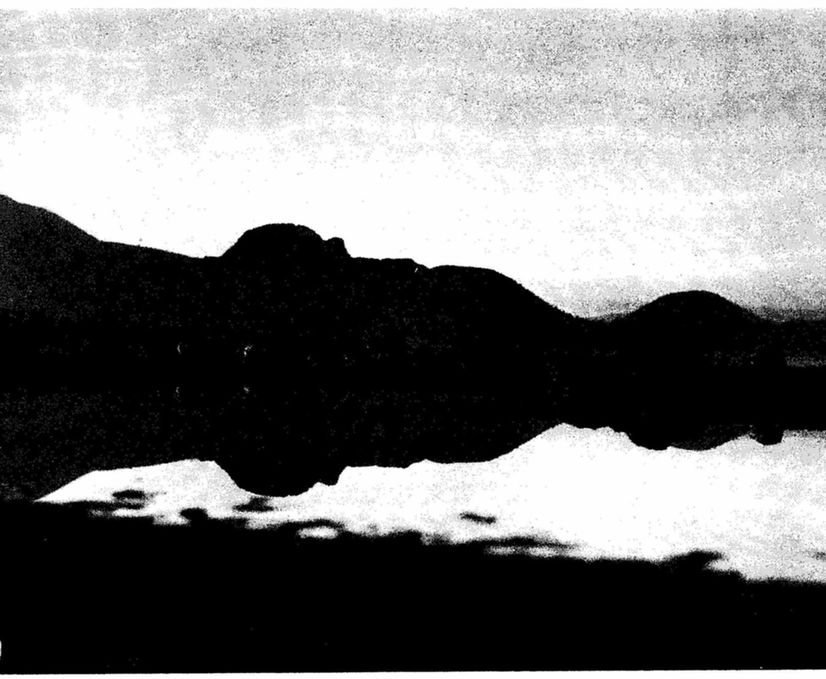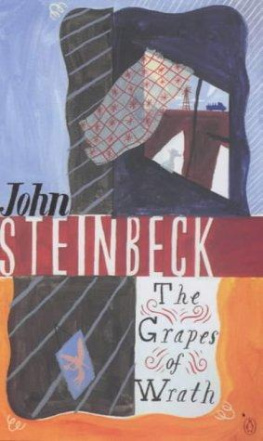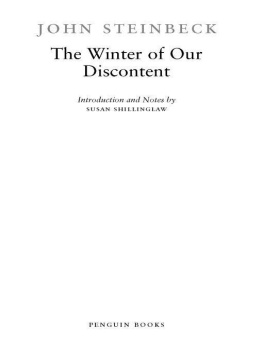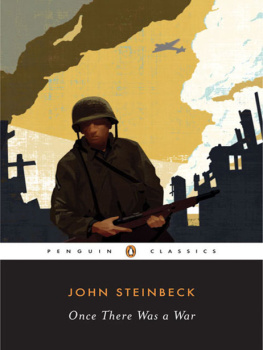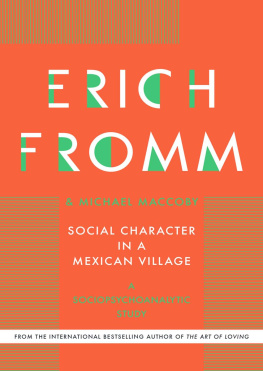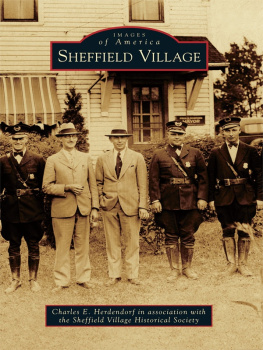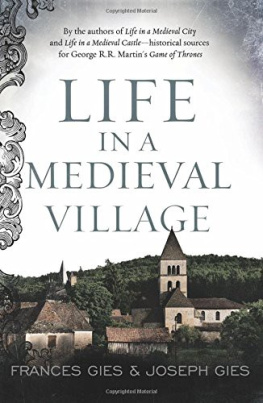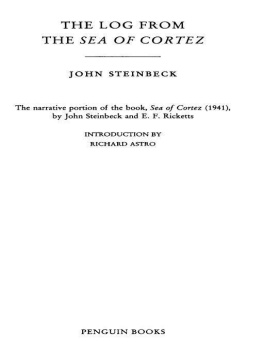Table of Contents
PENGUIN BOOKS
THE FORGOTTEN VILLAGE
Born in Salinas, California, in 1902, JOHN STEINBECK grew up in a fertile agricultural valley about twenty-five miles from the Pacific Coastand both valley and coast would serve as settings for some of his best fiction. In 1919 he went to Stanford University, where he intermittently enrolled in literature and writing courses until he left in 1925 without taking a degree. During the next five years he supported himself as a laborer and journalist in New York City and then as a caretaker for a Lake Tahoe estate, all the time working on his first novel, Cup of Gold (1929). After marriage and a move to Pacific Grove, he published two California fictions, The Pastures of Heaven (1932) and To a God Unknown (1933), and worked on short stories later collected in The Long Valley (1938). Popular success and financial security came only with Tortilla Flat (1935), stories about Montereys paisanos. A ceaseless experimenter throughout his career, Steinbeck changed courses regularly. Three powerful novels of the late 1930s focused on the California laboring class: In Dubious Battle (1936), Of Mice and Men (1937), and the book considered by many his finest, The Grapes of Wrath (1939). Early in the 1940s, Steinbeck became a filmmaker with The Forgotten Village (1941) and a serious student of marine biology with Sea of Cortez. He devoted his services to the war, writing Bombs Away (1942) and the controversial play-novelette The Moon Is Down (1942). Cannery Row (1945), The Wayward Bus (1947), The Pearl (1947), A Russian Journal (1948), another experimental drama, Burning Bright (1950), and TheLog from the Sea of Cortez (1951) preceded publication of the monumental East of Eden (1952), an ambitious saga of the Salinas Valley and his own familys history. The last decades of his life were spent in New York City and Sag Harbor with his third wife, with whom he traveled widely. Later books include Sweet Thursday (1954), The Short Reign of Pippin IV:A Fabrication (1957), Once There Was a War (1958), TheWinter of Our Discontent (1961), Travels with Charley in Search of America (1962), America and Americans (1966), and the posthumously published Journal of a Novel: The East of Eden Letters (1969), Viva Zapata! (1975), TheActs of King Arthur and His Noble Knights (1976), and Working Days: The Journals ofTheGrapes of Wrath (1989). He died in 1968, having won a Nobel Prize in 1962.
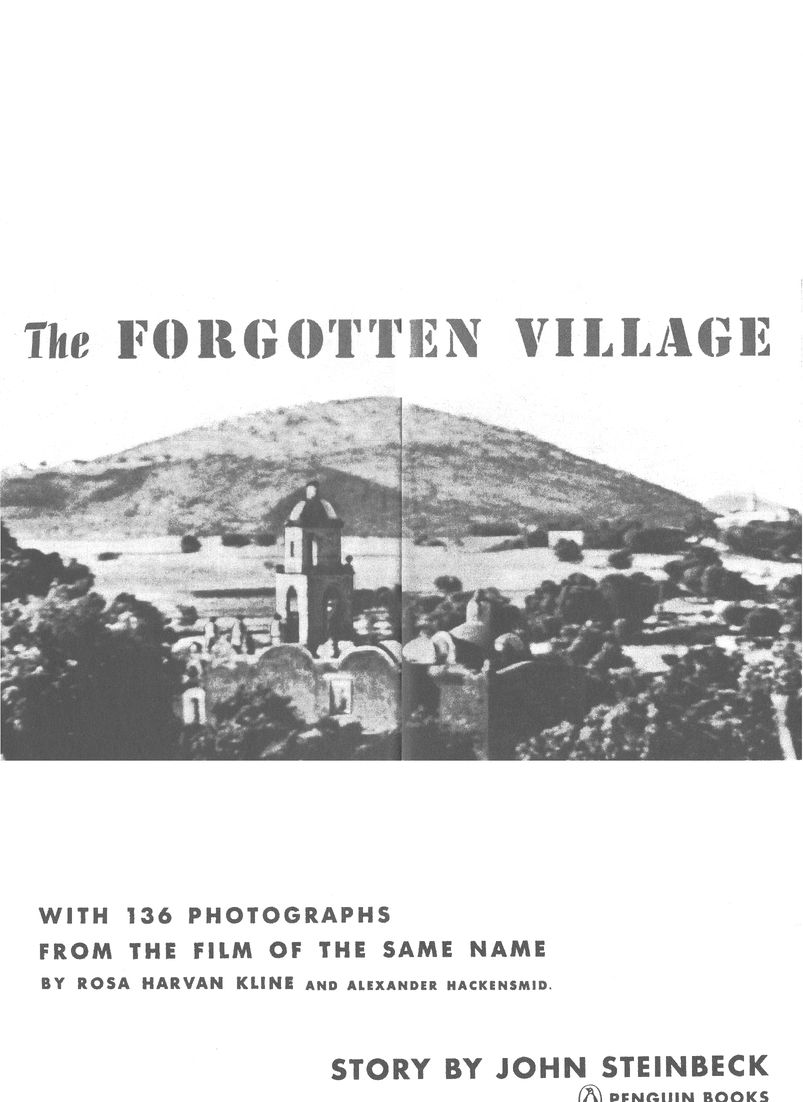
PREFACE.
In the making of a film about a Mexican village we were faced with many problems, some of which were foreseen and some of which were met and overcome in the field while the picture was in production. A great many documentary films have used the generalized method, that is, the showing of a condition or an event as it affects a group of people. The audience can then have a personalized reaction from imagining one member of that group. I have felt that this is the more difficult observation from the audiences viewpoint. It means very little to know that a million Chinese are starving unless you know one Chinese who is starving. In The Forgotten Village we reversed the usual process. Our story centered on one family in one small village. We wished our audience to know this family very well, and incidentally to like it, as we did. Then, from association with this little personalized group, the larger conclusion concerning the racial group could be drawn with something like participation. Birth and death, joy and sorrow, are constants, experiences common to the whole species. If one participates first in these constants, one is able to go from them to the variables of customs, practices, mores, taboos, and foreign social patterns. That, at any rate, was our theory and the pattern in which we worked.
The working method was very simple, and yet required great patience. A very elastic story was written. Then the crew moved into the village, made friends, talked, and listened. The story was simple: too many children die- why is that and what is done about it, both by the villagers and by the government? The story actually was a question. What we found was dramaticthe clash of a medicine and magic that was old when the Aztecs invaded the plateau with a modern medicine that is as young as a living man. To tell this story we had only to have people re-enact what had happened to them. Our curandera was a real wise woman, one who practiced herbology and magic in the village; our teacher was a real teacher in the government school; our doctors real doctors; our mother a real mother who had lost a number of children. If they moved through scenes with sureness and authority it was because they had been through them many times before when no cameras were there. Such a method requires, above all else, patience, tact, and genuine liking for the people. The last we had, but we were not always successful in the first two. Mistakes were made, feuds started, quarrels precipitated which had to be settled and quenched with more patience and tact.
The villagers themselves were handsome and courteous and friendly; they had great dignity and flair and they were very poor, unbelievably poor. They lived in a social-religious frame which was part Aztec, part sixteenth-century Spanish Catholic, and part the thrusting toward social betterment which has been Mexicos drive for the past fifty years. We did not editorialize, attack, or defend anything. We put on film what we found, only arranging it to make a coherent story.
The most difficult problem of all was the method of telling the story to an American audience. Sound recorded on the scene was impracticable: the village was inaccessible to sound equipment. Dialogue was out of the question, even in Spanish, since many of the older people spoke little Spanish; they used the Indian language of their ancestors. The usual narrative method did not seem quite adequate. It was decided finally to use the method of the old story-tellera voice which interpolated dialogue without trying to imitate it, a very quiet voice to carry the story only when the picture and the music could not carry it; and, above all, a spoken story so natural and unobtrusive that an audience would not even be conscious of it. Such were the methods employed in making The Forgotten Village. A curious and true and dramatic film has been the result.
JOHN STEINBECK
THE FORGOTTEN VILLAGE
Among the tall mountains of Mexico the ancient life goes on, sometimes little changing in a thousand years. But now from the cities of the valley, from the schools and laboratories, new thinking and new techniques reach out to the remote villages. The old and the new meet and sometimes clash, but from the meetings a gradual change is taking place in the villages.
This is a story of the little pueblo of Santiago on the skirts of a hill in the mountains of Mexico. And this is the story of the boy Juan Diego and of his family and of his people, who live in the long moment when the past slips reluctantly into the future.
One morning, in the dawn, before the work in the fields had begun, Juan Diego took his mother, Esperanza, to visit the Wise Woman of Santiago. The mother was heavy toward birth, and she wished to know early whether it would be boy or girl child, beautiful or ugly, fortunate or damned. He carried the mother toward the hillside where the curandera lived.

